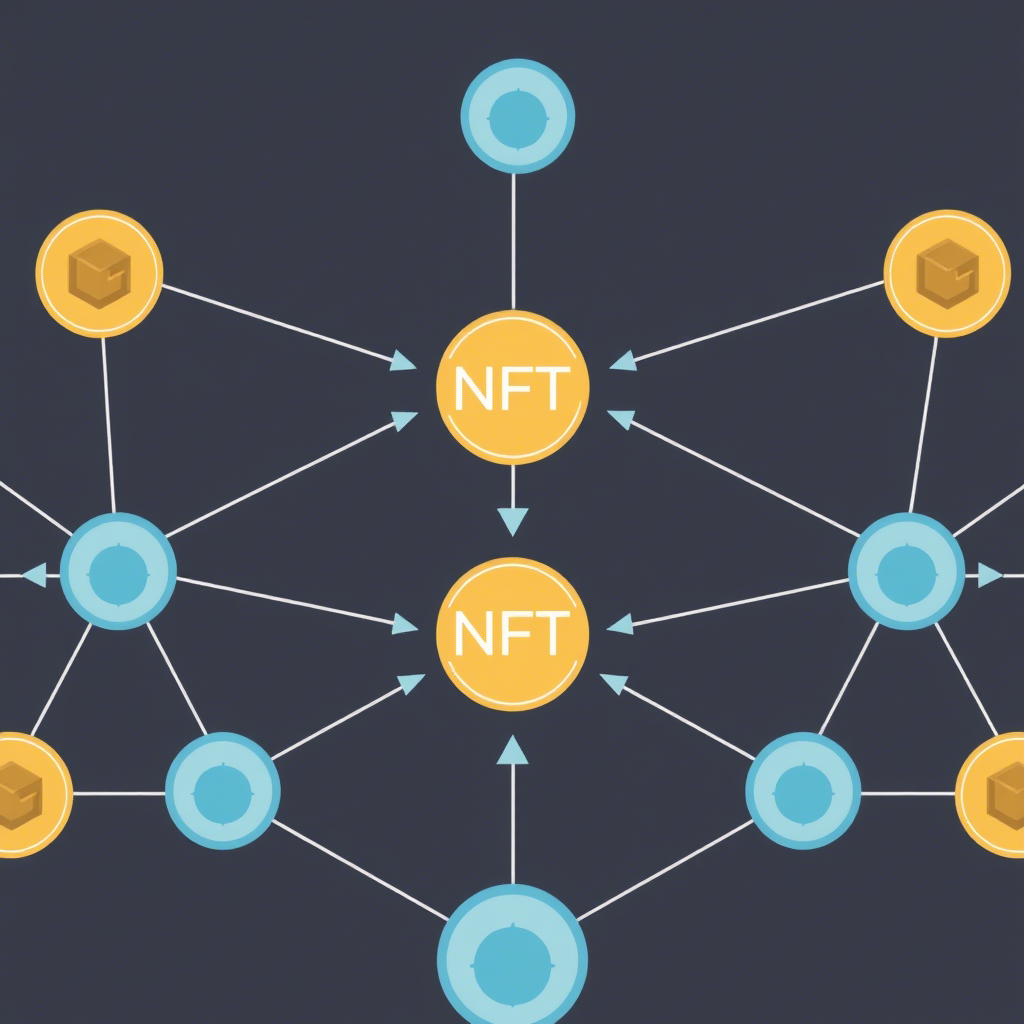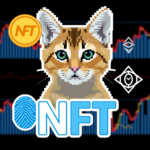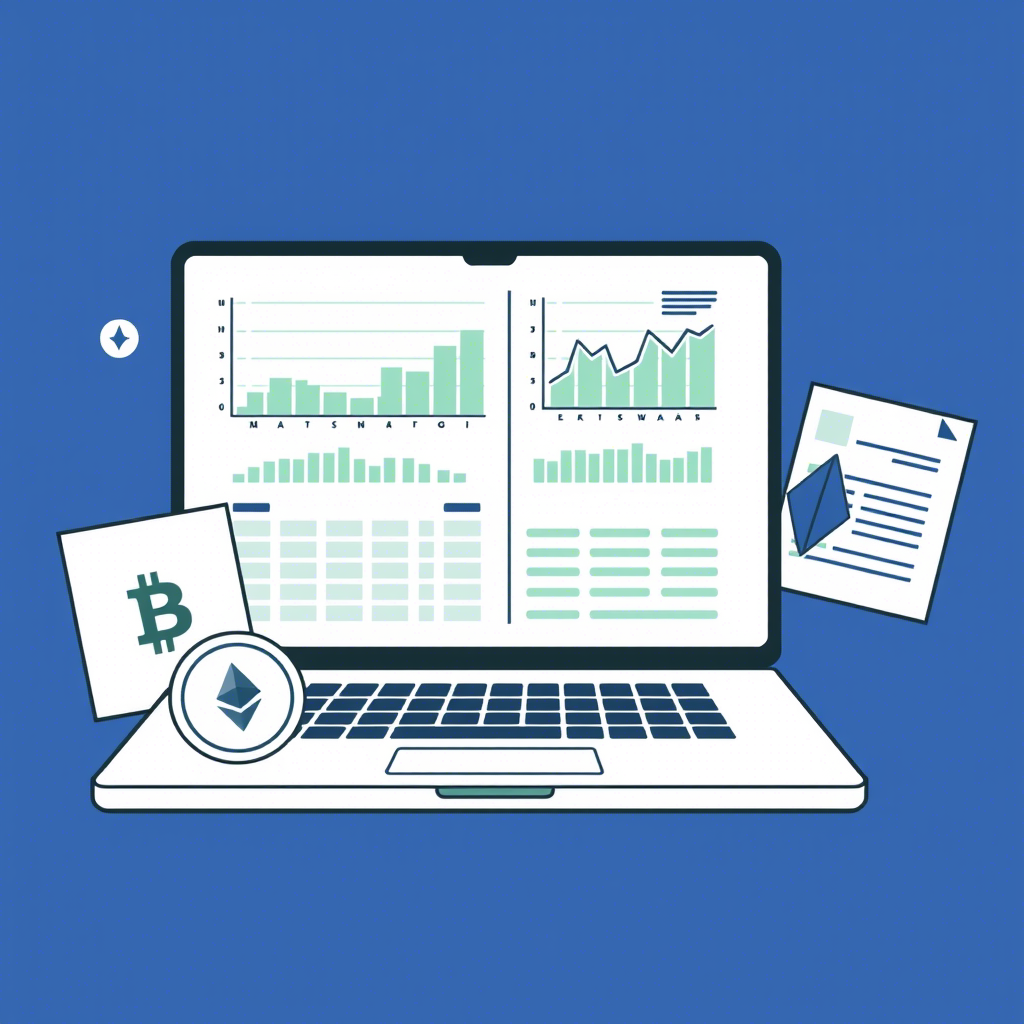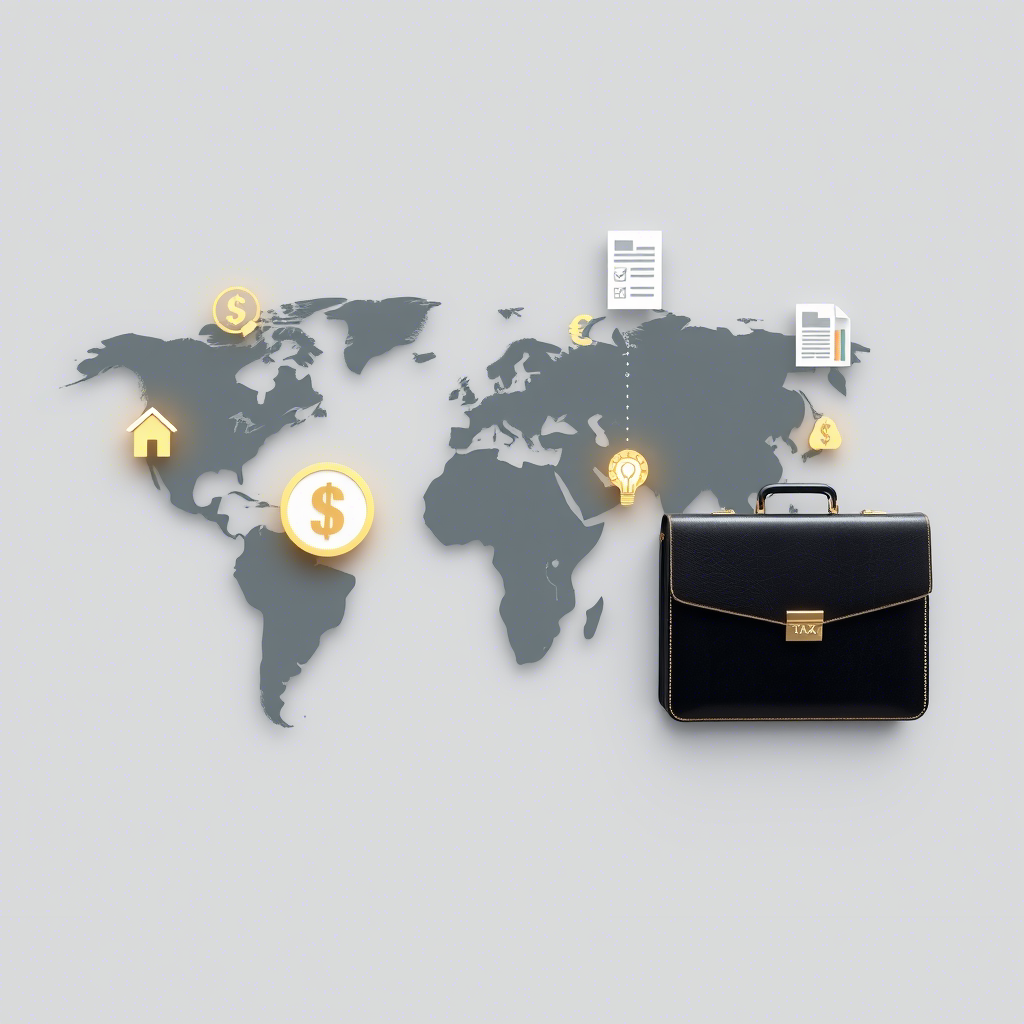Creating NFTs involves minting your digital asset on a blockchain platform, while buying and selling typically happens on specialized NFT marketplaces. This guide provides a practical walkthrough of these processes, from setting up a crypto wallet to listing your NFT for sale or bidding on others.








